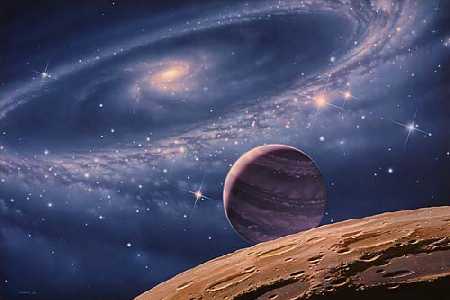1. reading comprehension
- What do the author and his/her son believe? (P1)
- How did scientists look for planets in the past? How do they do the same thing now? (P2)
- What is "wobble" technique? (P3)
- What is Kepler project? How difficult is it to observe stars? (P4)
- Tell us something about Gliese 581c? (P5)
- What is a habitable zone? What are qualities to form a habitable zone? Is Gliese 581c in a habitable zone? (P6)
- Is it possible that life survives in the universe? (P7-8)
- What is the author's belief about the planetary system?
2. phrases
- is fascinated by (line 2)
- are decorated with (line 3)
- look through telescopes (line 5)
- dream of (line 6)
- a handful of (line 11)
- to be sure (line 35)
- rely on (line 43)
- in the years to come (line 56)
- habitable zone (line 66)
- along with (line 69)
- meet the ... criteria (line 70)
- sustain life (line 89)
- extraterrestrial life (line 99)
- advance to (line 103)
- make contact with (line 106)
3. usage and grammar
- ..., we have to begin by observing stars. (lines 27-28)
- Despite the complexity of the process, Kepler discovered ... (line 52)
- Gliese 581c is bigger ... by half. (line 63)
- ... but not so close as to boil off water ... (line 73)
- The probability ... seems too high to dismiss.
- I find it credible that ... (line 91)
- Maybe in my lifetime, but certainly his, astronomy will have advanced to the point where scientists will be able to ... (line 102)
4. Quizlet
5. News report: 太陽系外發現「超級地球」 可能有生物
6. illustrations
- Kepler project: looking for planets by determining the brightness of a star
- Kepler project: Observing a decrease in the brightness of a star is very difficult, just as we see a flea creeping across the headlights of a motorcar.
- wobble technique: If a star wobbles, that means there is a planetary system in which the star is pulled by planets.





沒有留言:
張貼留言